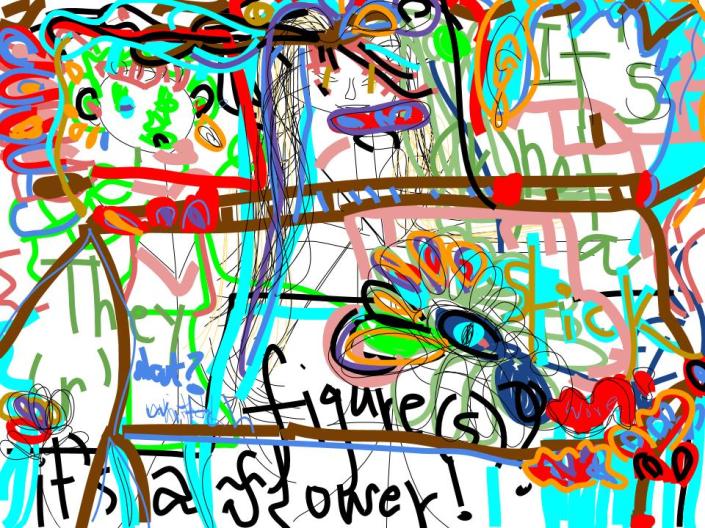comprehension
CAKE, A-OAT! Part II.
CAKE, A-OAT! Continued

for The FVP
(by goura fotadar)
Source, citation (text): ALICE NIZZY NAZZY
THE WITCH OF SANTA FE
(by) Tony Johnston
(ill. by) Tomie dePaola
(4) for a picture book with text;
Theme: through versus thru
for children of any age ; but adults can use, too!
this technique
( Read thru the whole way, first: )
Theme: the capital first letters and paren. Sequence are parenthetically blazing.
Two one’s
4 – (1) first flip thru the book and look at (examine) the pictures
4 – (2) Active
Choice,
Practice.
either read thru or have someone read to you the
entire book ; (or do both ; qualite (with an accent) : active choice)
4 – (3) Combo – Learning
Write down or say a -loud
what you notice about some, a few of
the images in the source, text.
{arrow to}
for this book, source; in order (a couple of examples of what I noticed in semi-interpretation, are):
4 – 3 -a) a cloud that’s like a snake
4 – 3 -b) an un-identifiable shape chili peppers
You can also do #4-3 in combination with #4-1
(5) Write down key points that can be key fictional points (of fiction – fact and – or fact),
using source, text as identified; (my examples, included here, are:)
5 – a) how you become a “witch” especially if you’re female ; is by being really ; really “old;” and by being really; really “mean.”
{line to} Note: Remember that numbers 4 – 7 : (are extra) more advanced art – knowledge builders
Tags : the flower project , special notes
Really ; really
a definition ; defining feature of being
really “old (and) mean.”
Is that the Being “eat(s) children” when they (“children;”) get too close to the
Being.
(6) Quiz; quiz : (for analysis, learning 🙂 citing : material in source, text;
Lesson Building for completed art project
Theme : the story is a trick.
6 – a) spiders rest on ham/mocks :
which are called
(in Typography: Underline and-or cap 🙂 cobweb(s).
6 – b) The adobe might also be a
(in Typography: Underline and-or cap 🙂 pueblo.
The main difference between the two; might be a, (in Typography: Underline and-or cap 🙂 greeting. Based on this book; greetings can be different from speech ; and one way so is thru ; (in Typography: Underline and-or cap 🙂 entry.
(7)
Aside ; adult notes : in italics ( 7 -1) here so ; point out the obvious
cited: source text
“pueblo” is in another language as compared to which in consumed text ; but presumed to become standard or normal bilinguistic even (bi – ? ) cultured comprehension.
{arrow to}
(7 – 2) implied? and not
just as
a stress
emphatics ;
was (italics)
“so” in
such way
also perhaps
also ; moved
into this primary
language.